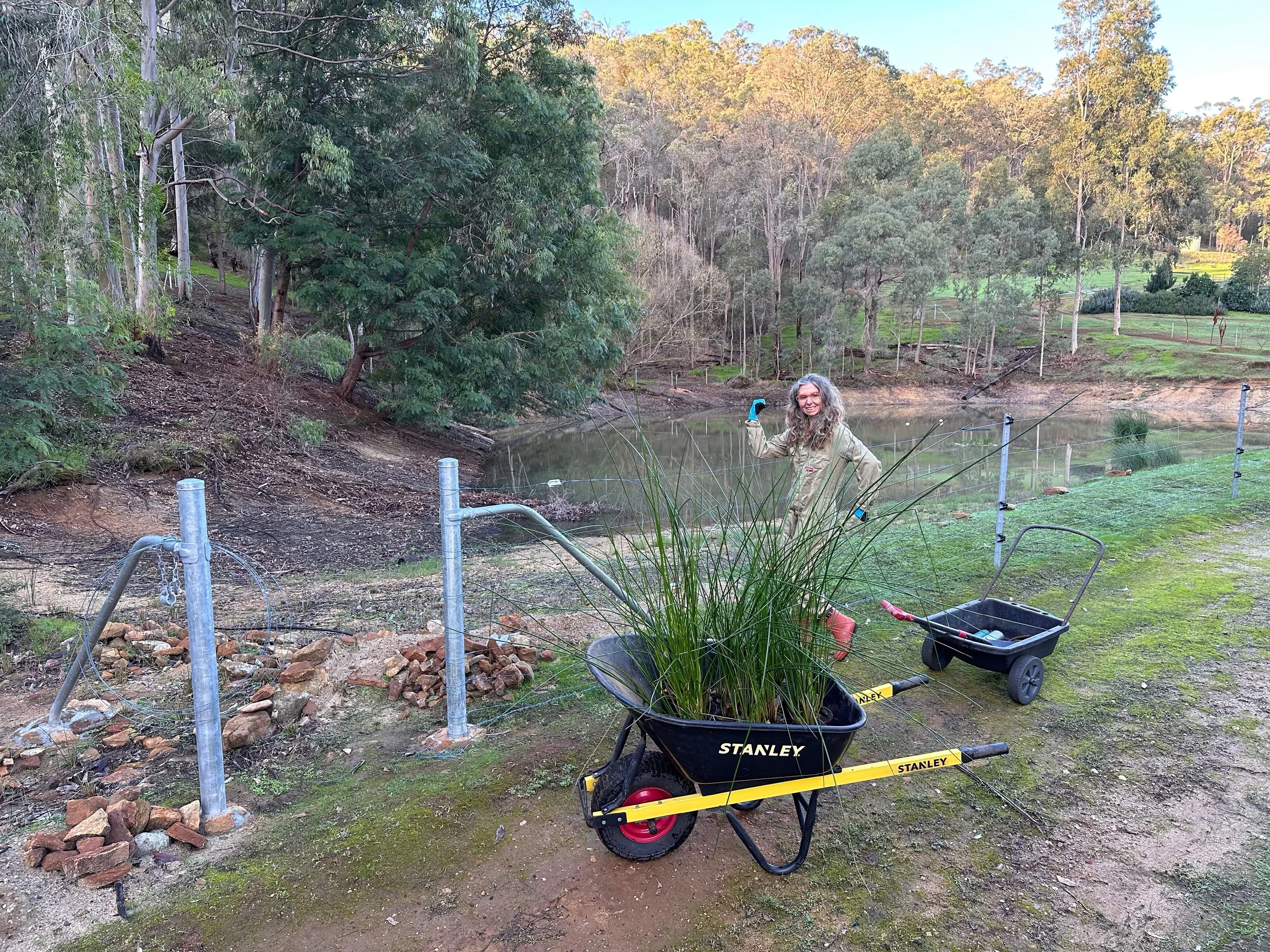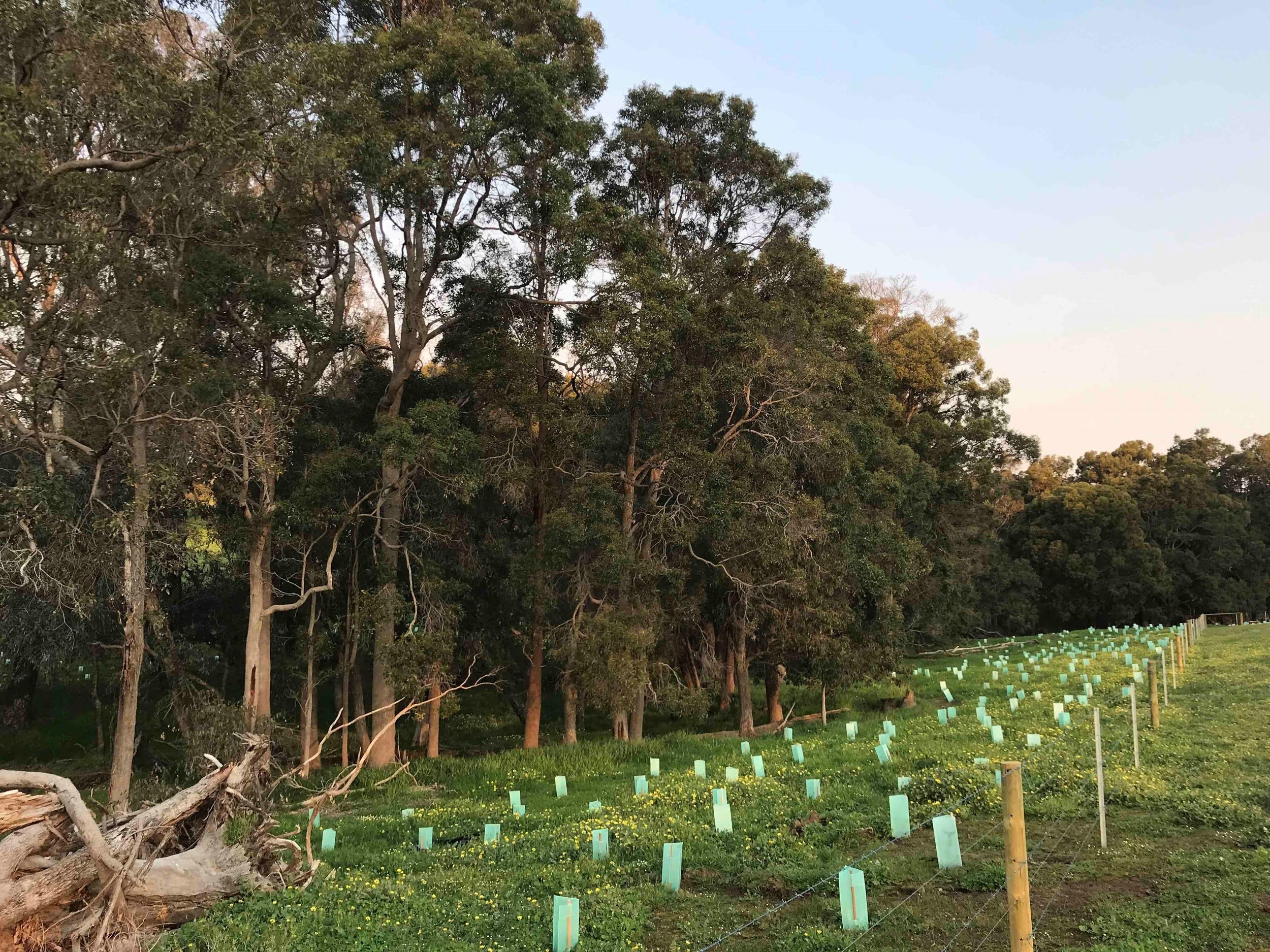
Fencing and Stream Restoration
Fencing stock out of waterways and revegetating the foreshore area is important for the environment and is an opportunity to increase farm productivity. By fencing and revegetating your waterways, you can keep nutrients on the farm, improve stock health, and manage grazing more efficiently.
Be part of the program
Funding is available through partnerships with landowners to erect stock exclusion fencing and/or undertake riparian revegetation and buffer planting.
The program is open to grazing farmers on both large and small scale properties located in the Leschenault Catchment as part of the State Government’s Healthy Estuaries WA program.
Project sites are to be situated on a natural waterway or drain with preference given to sites where fencing and revegetation are both being implemented.
Landowners must contribute at least 50 per cent of the cost of the project through either cash or in-kind contributions for example, installation of fencing or completion of revegetation.
The program is coordinated by the Department of Water and Environmental Regulation with LCC’s Catchment Stewardship Project Officer Tony Battersby providing on ground support.
Discuss your next project with Tony tony.battersby@leschenaultcc.org.au
Project background
Healthy Estuaries WA is a $25 million State Government commitment, building on the work of the Regional Estuaries Initiative and delivering core actions of Revitalising Geographe Waterways. Launched in June 2020, Healthy Estuaries WA focuses on improving the health of Peel-Harvey estuary, Leschenault estuary, Vasse-Geographe waterways, Hardy Inlet, Wilson Inlet, Torbay Inlet and Oyster Harbour.
The stunning Leschenault Estuary is highly valued by our community as a place of social, cultural and ecological importance, where fishing, crabbing, and other recreational pursuits are a popular way for the Greater Bunbury population to engage with nature. The Estuary also exhibits significant ecological values, including; being home to a resident pod of dolphins, part of the East Asian Australasian Flyway, an important habitat to resident waterbirds and other wildlife, an important habitat to a range of marine flora and fauna and an important interface between the Leschenault Catchment’s river systems and the Indian Ocean.
Unfortunately, in recent times the estuary has shown signs of ecological distress and water quality degradation, with sedimentation, nuisance algae, harmful algal blooms and fish deaths becoming more common. There is an urgent need to balance growing urbanisation and intensification of agriculture with long-term health of the estuary.
The Healthy Estuaries WA program builds on the work of the Regional Estuaries Initiative and will drive action in catchments to improve water quality and restore the environmental balance of estuaries.
The program will continue work to reduce nutrient inputs from priority catchments, use the latest science to monitor and effectively manage waterways, and continue to build collaboration between community, scientists, government and industry.
This program funds a range of on-ground works which are undertaken by the LCC in partnership with landholders and other government and non-government agencies throughout the catchment. These include soil and water testing, farm effluent management upgrades, fencing, revegetation and drainage, as well as new science and modelling, building regional capacity and programs to reduce fertiliser use in urban areas.
For more information on Healthy Estuaries WA visit https://estuaries.dwer.wa.gov.au or https://estuaries.dwer.wa.gov.au/estuary/leschenault-estuary/, and if you would like to stay up to date with this project and hear about upcoming volunteer opportunities, please sign up to our mailing list!
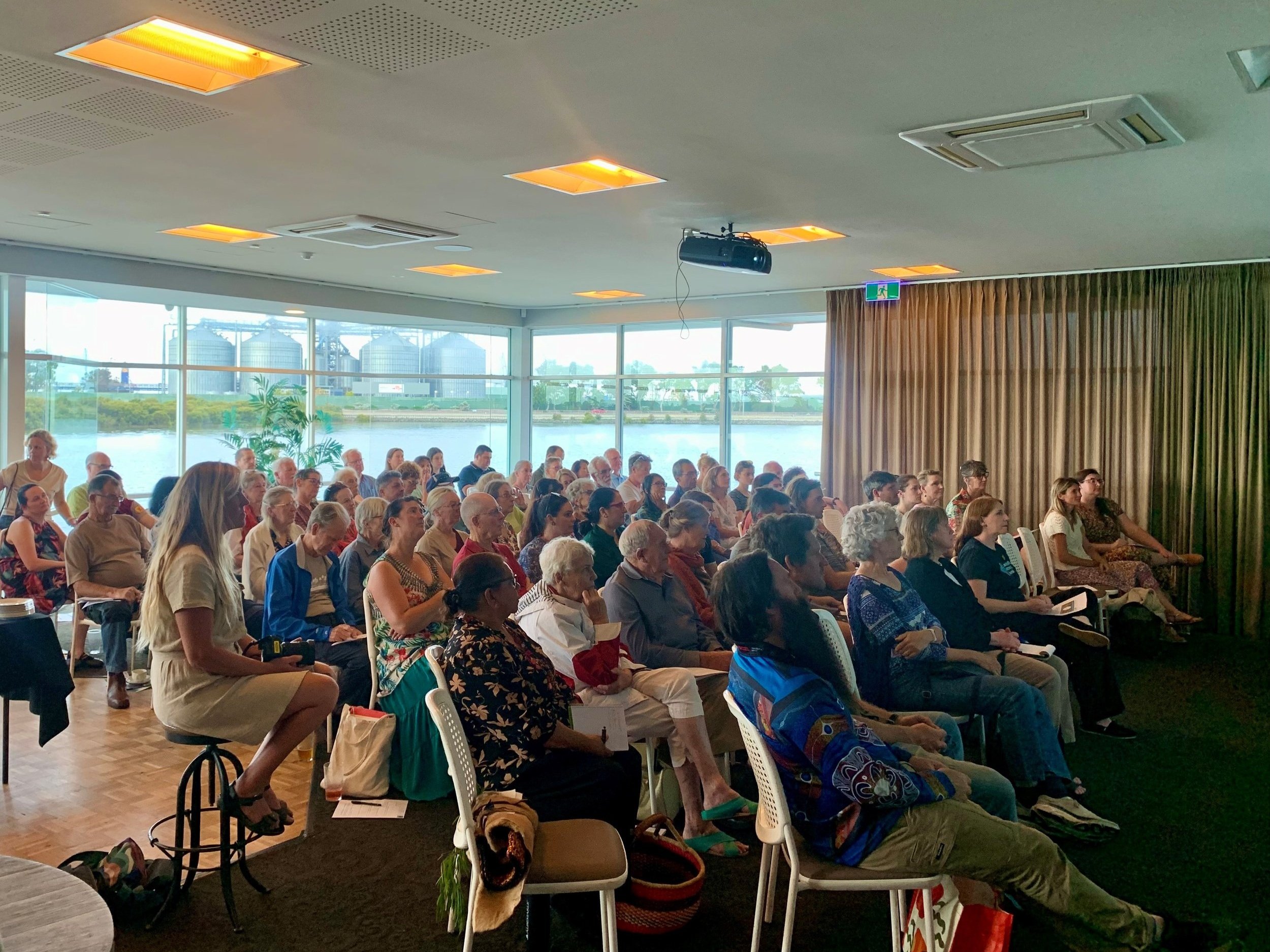
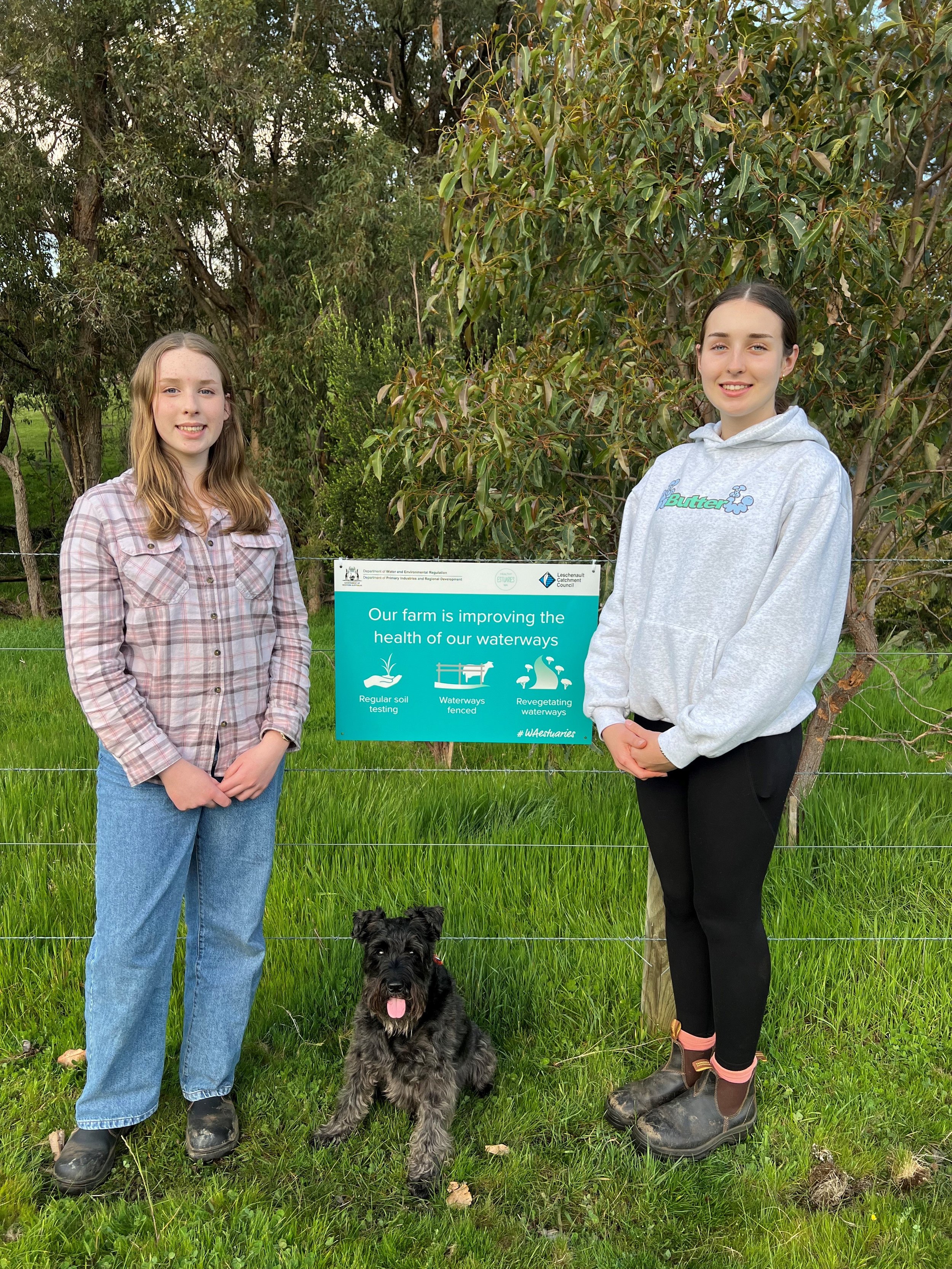
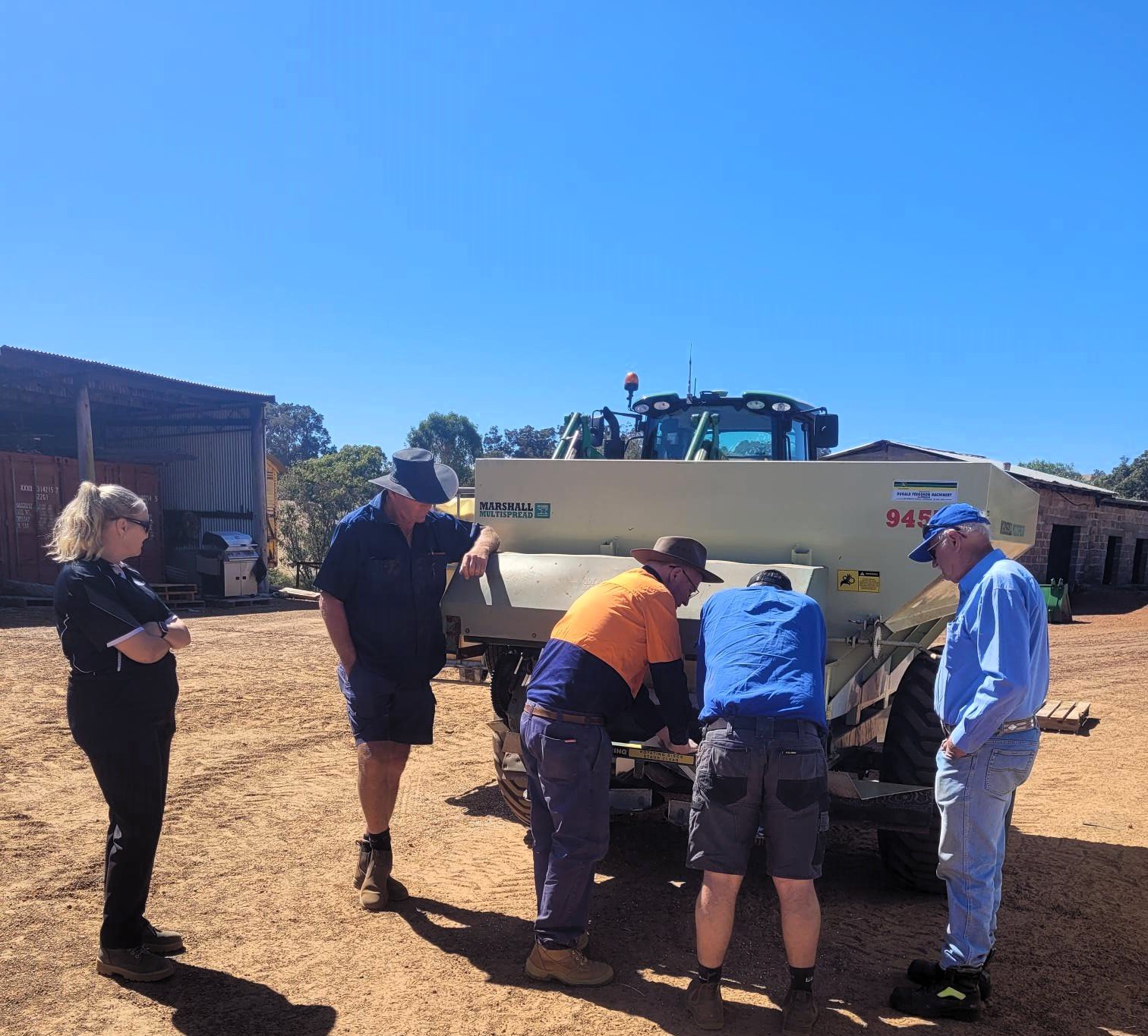
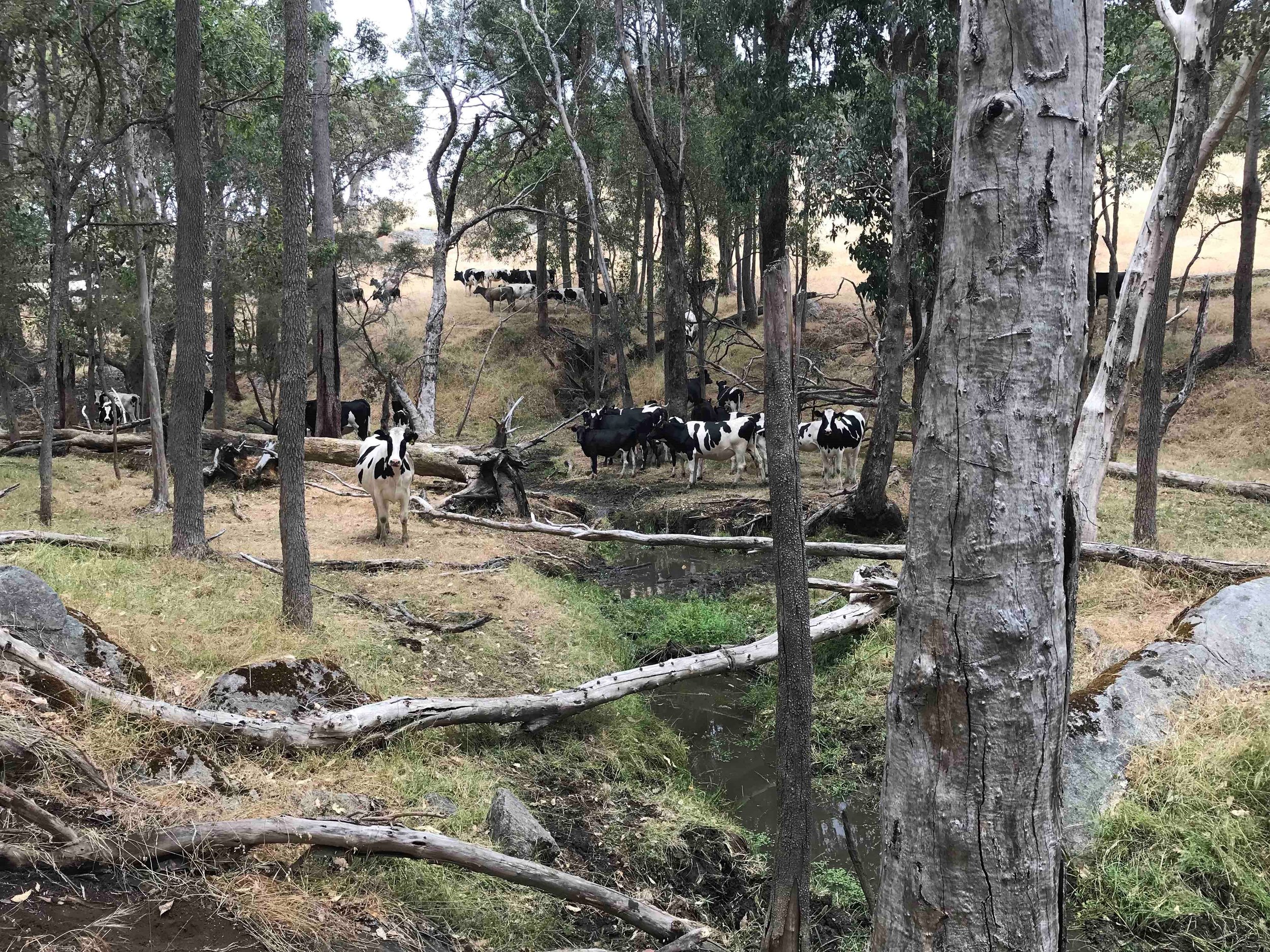
Healthy Estuaries WA is a State Government program that aims to improve the health of our South West estuaries.


